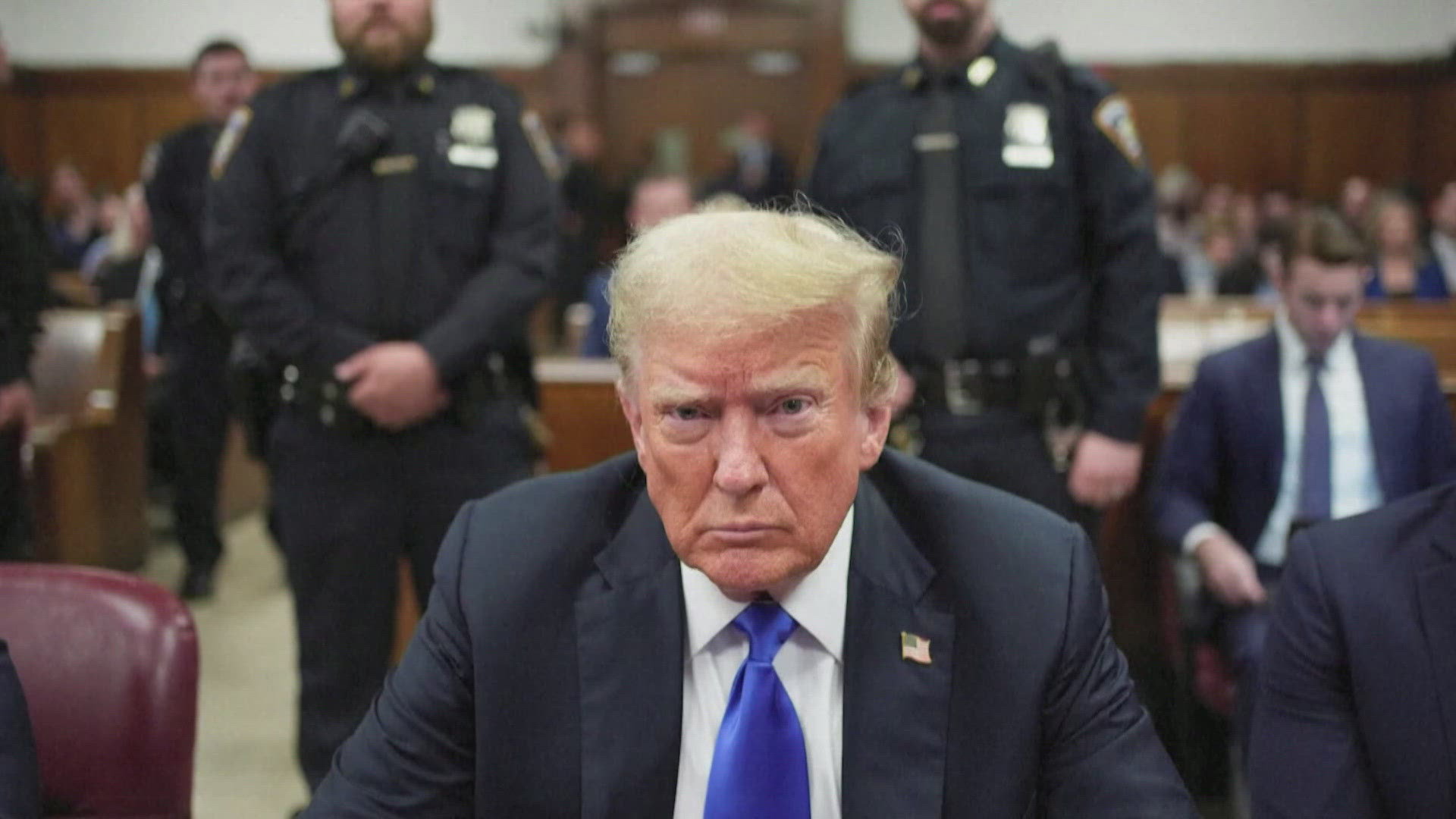VERIFY – YOU’VE GOT QUESTIONS, WE’LL FIND ANSWERS
A 9NEWS project to make sure what you’ve heard is true, accurate, verified. Want us to verify something for you? Email verify@9news.com
THE QUESTION
A viewer named Chris emailed to ask why people can advertise electronic cigarettes or vaping products on television when traditional tobacco products are banned from the airwaves.
WHAT WE FOUND
The reason vaping stores and companies can buy television ads is because they aren’t included in the ban on tobacco advertising.
For a history of what's been banned and when, click here.
Congress banned tobacco companies from advertising on television in January 1971 with the Public Health Cigarette Smoking Act. The ban on billboard and public transit advertising came later as part of the Tobacco Master Settlement of 1997.
But vaping or e-cigarettes are relatively new. Companies started selling these products around 2007.
The Food and Drug Administration started cracked down on things like selling e-cigarettes to minors, but the federal government hasn’t decided what it’s going to do about advertising yet.
In fact, President Donald Trump’s administration delayed the enforcement of tougher rules for vaping. These included a proposed requirement to pu warning labels on products about their addictiveness and to list their ingredients.
One argument for not banning e-cigarette television and print ads comes from Anna Tuchman, a marketing professor from Kellogg school of management at Northwestern University.
She compared vaping advertising against the sale of cigarettes and found increasing e-cigarette ads by 10 percent was linked to a 0.2 percent drop in traditional cigarette sales.
To put that another way, Tuchman estimated 130 million more packs of cigarettes would have been bought in the area she studied from 2012 to 2015.
The downside to more vaping advertising is the Centers For Disease Control and Prevention says vaping ads led to an increase in e-cigarette use by young adults.
The National Youth Tobacco Survey found e-cigarettes are the most popular choice of tobacco products among children.
The percentage of high school students vaping jumped from 1.5 percent in 2011 to 13.4 percent in 2014.
BOTTOM LINE
The federal government hasn’t banned advertising by e-cigarette companies and stores yet, but that doesn’t mean those restrictions won’t happen at some time in the future.



